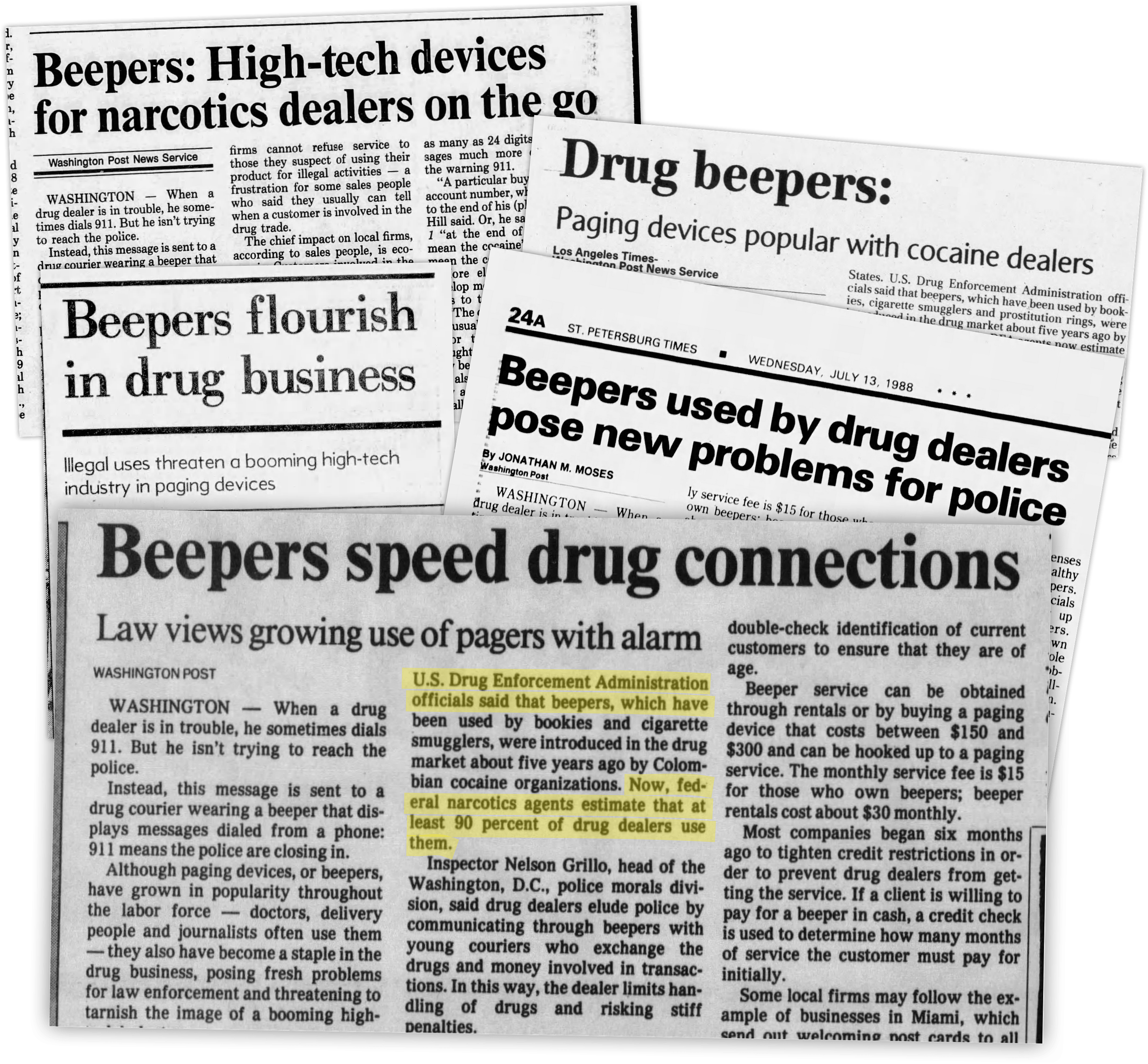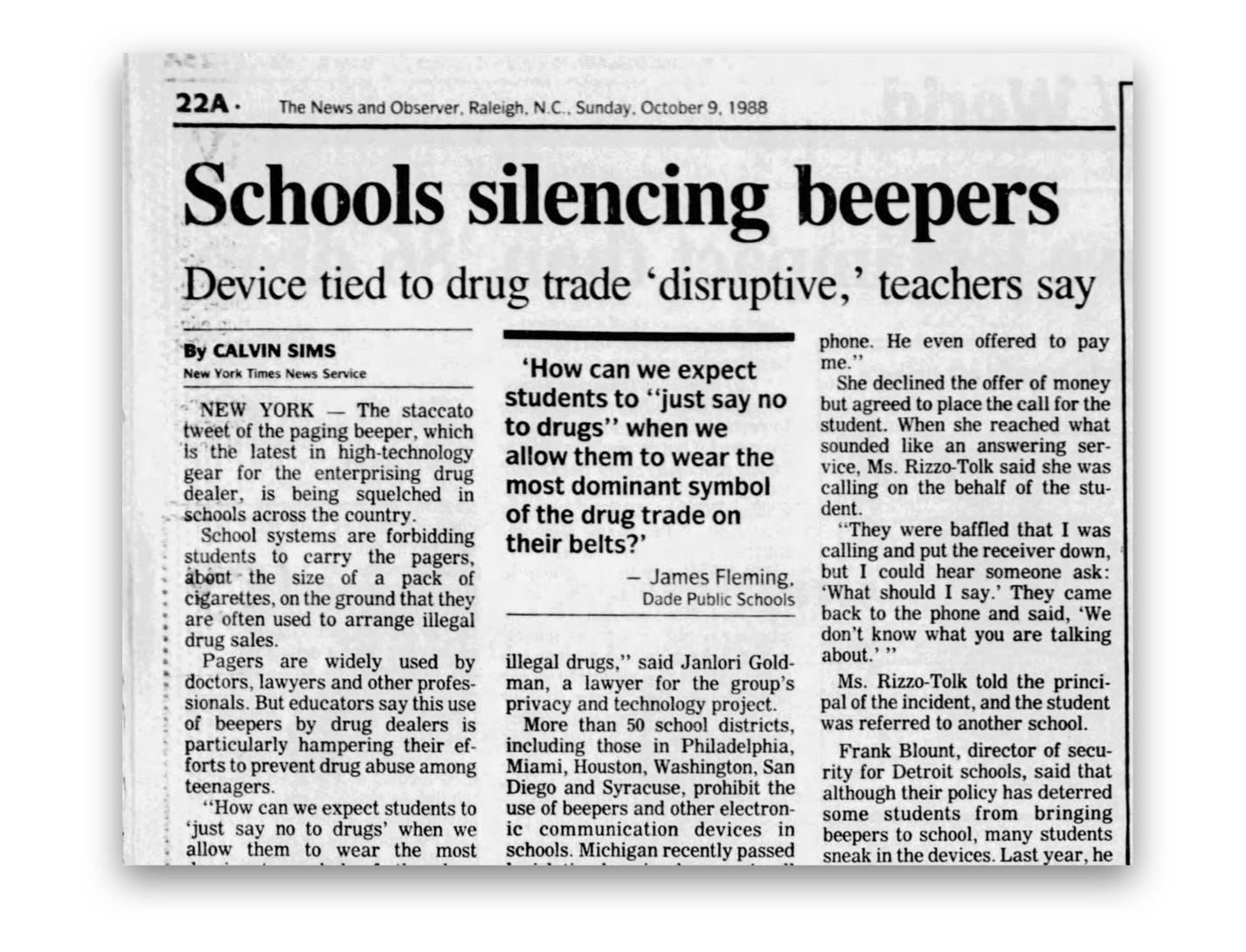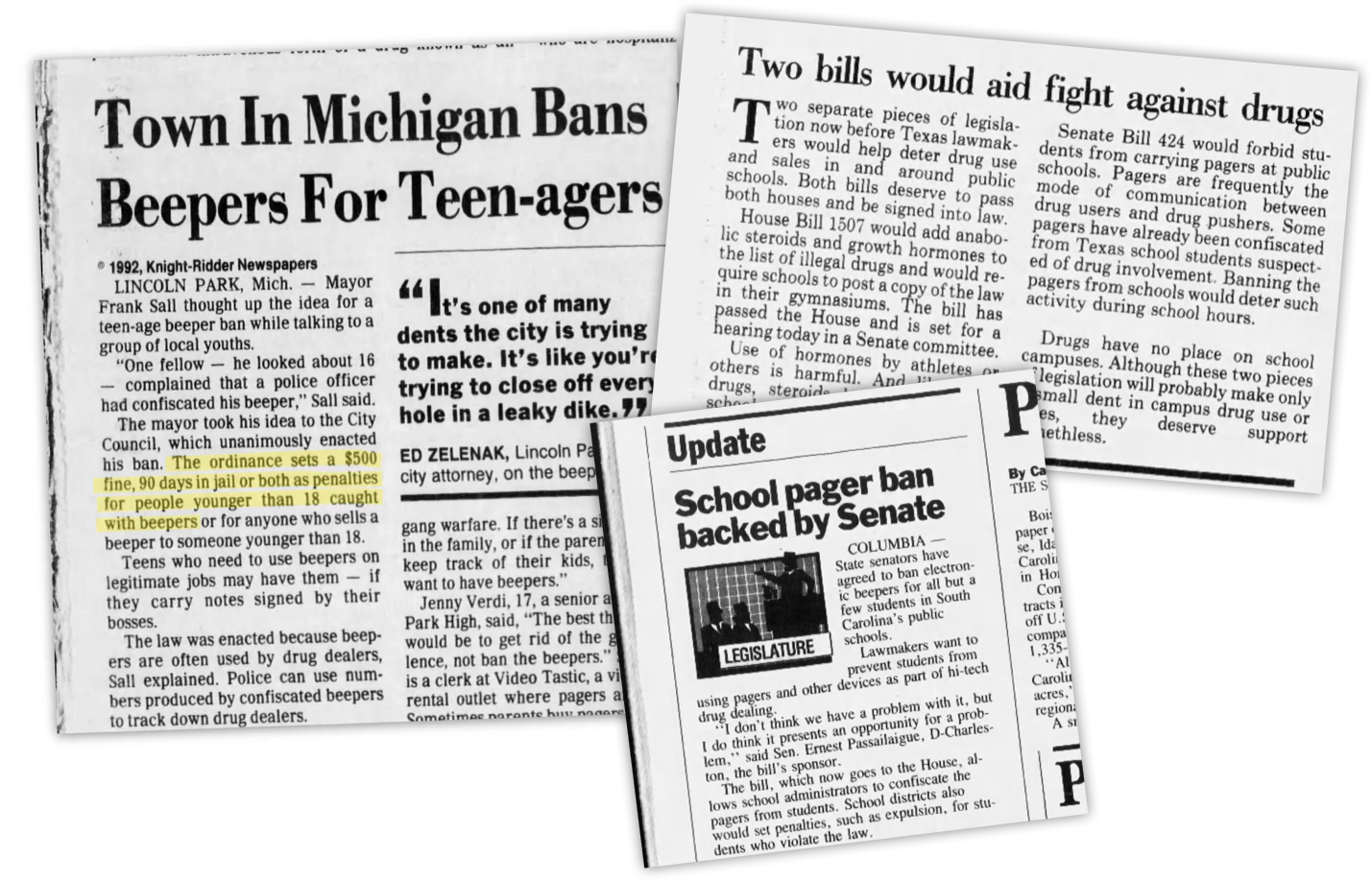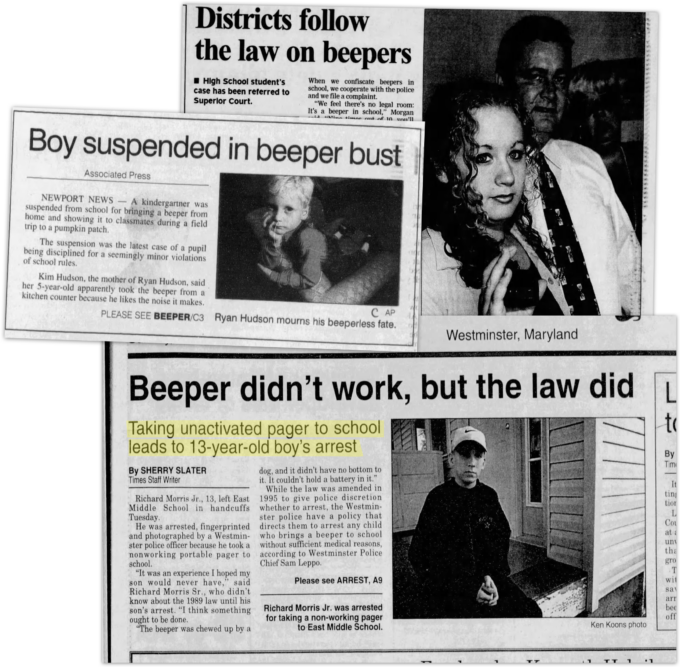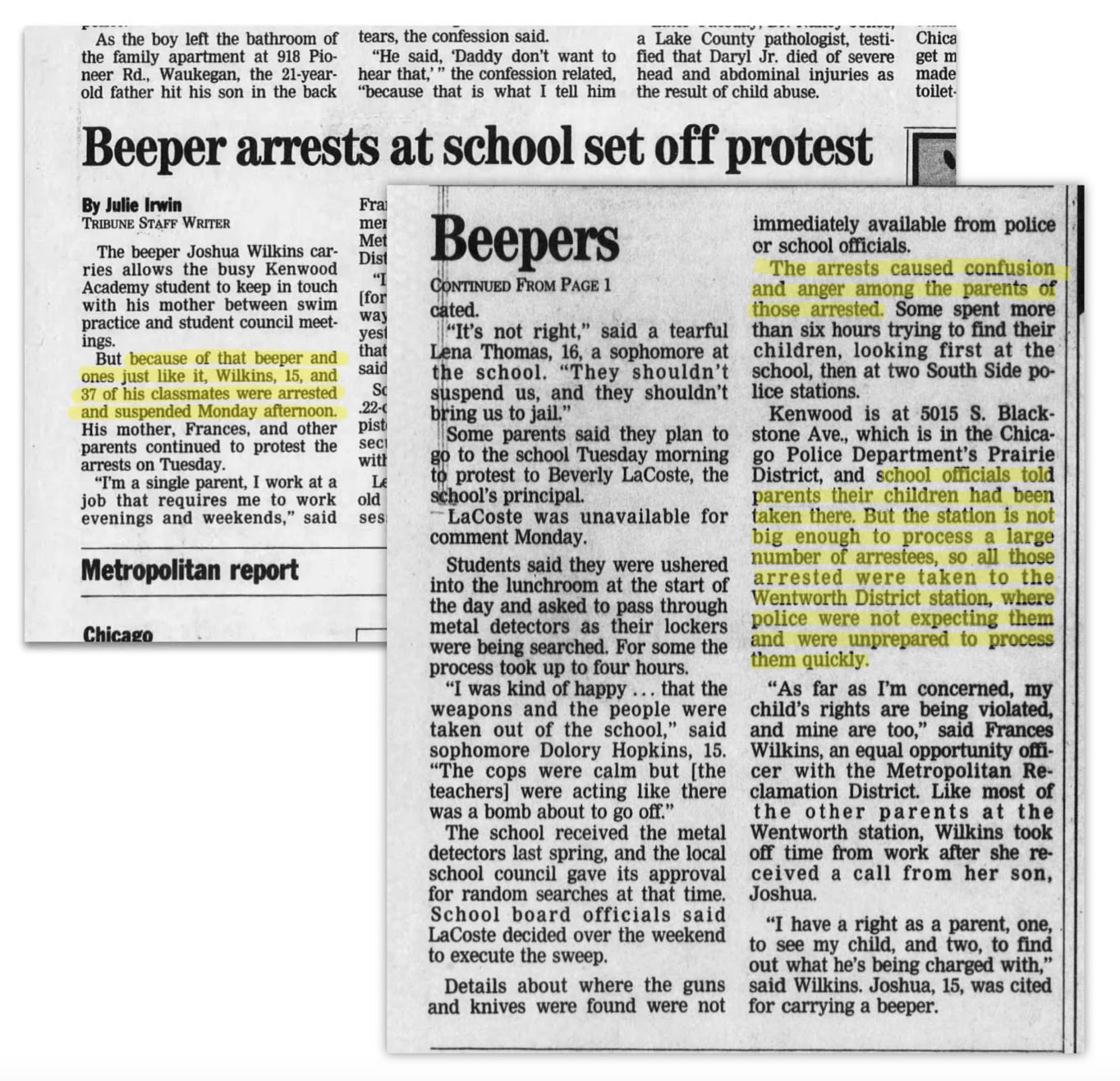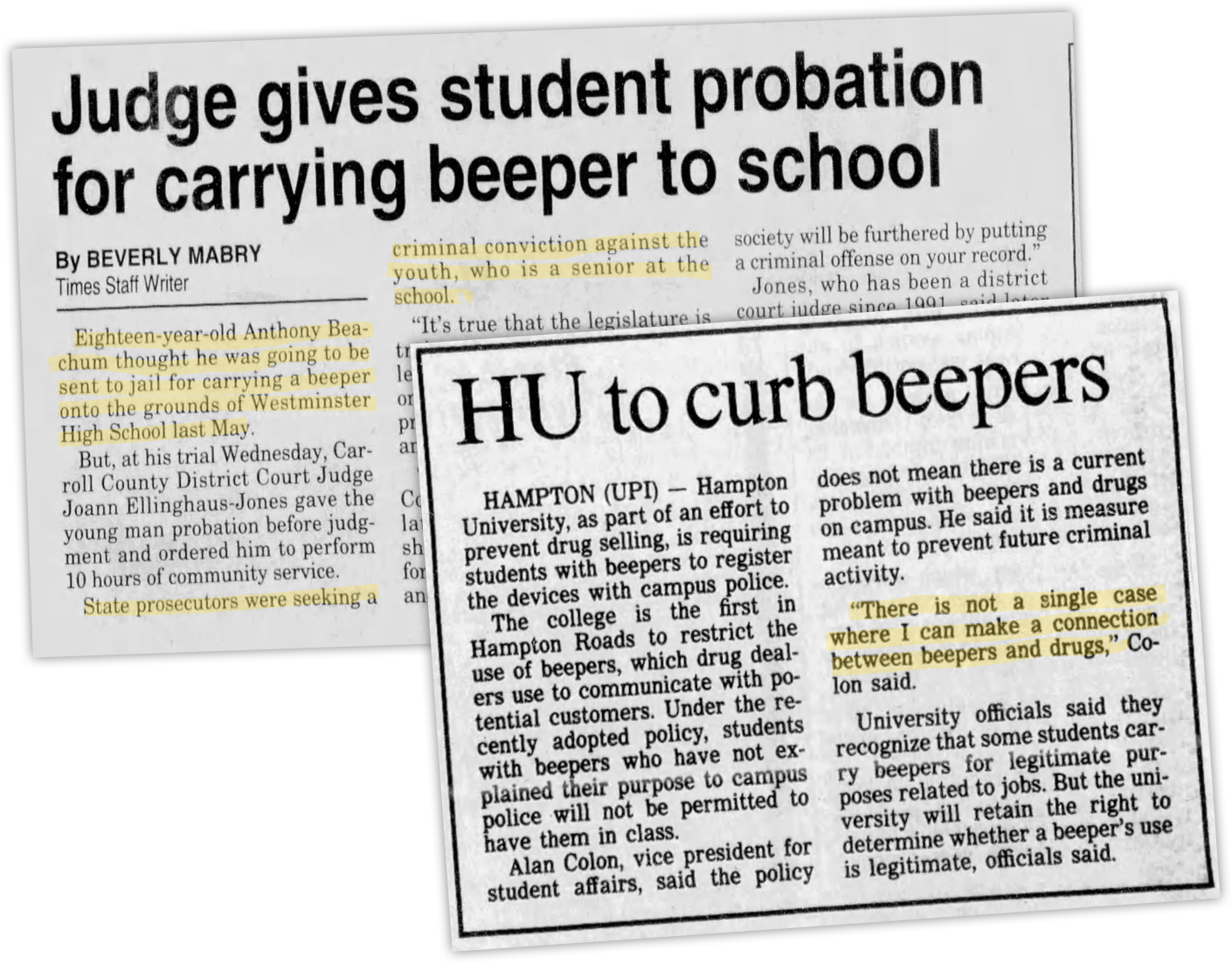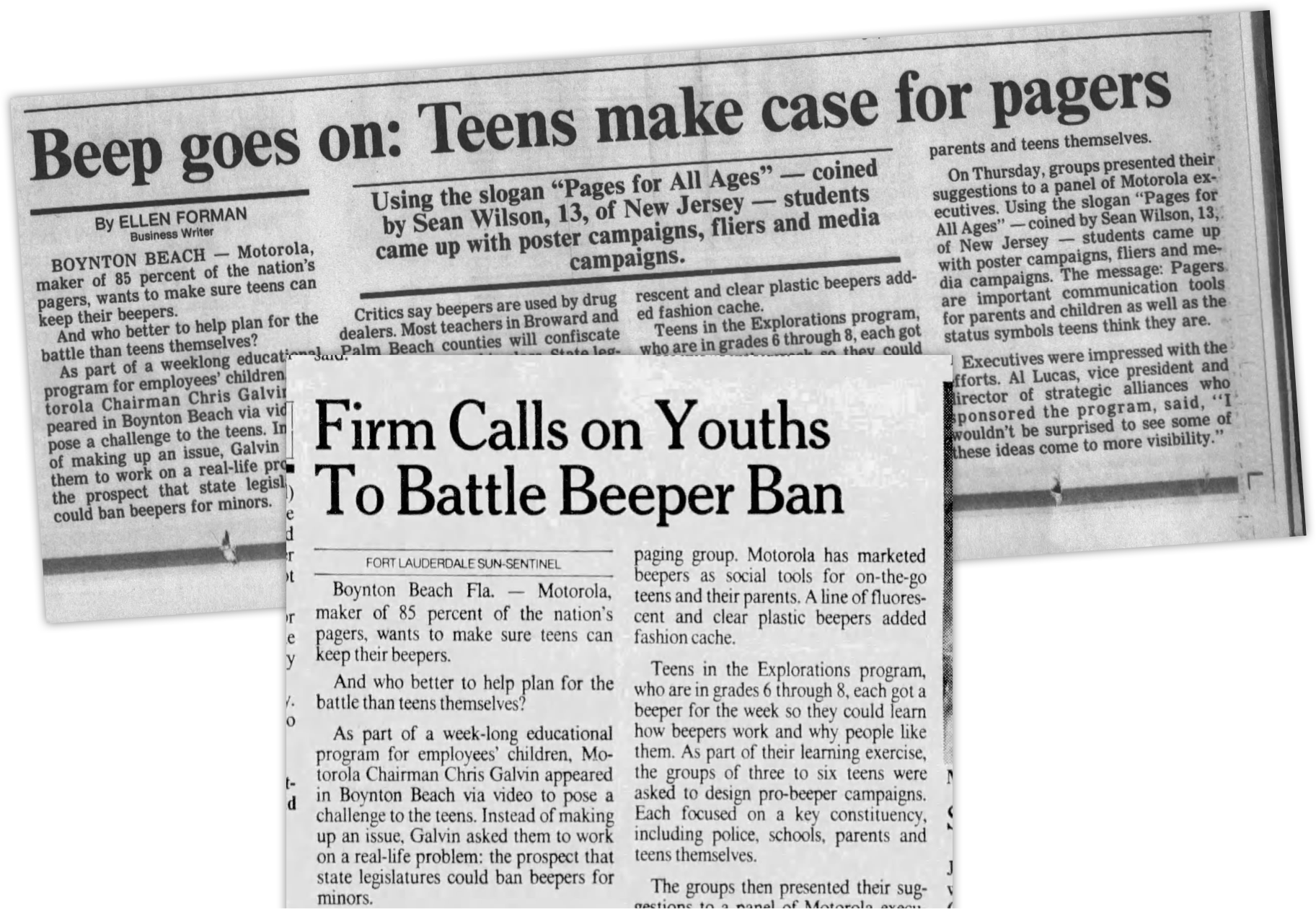It is a truth universally acknowledged that we live in a world of finite resources. However, this rather basic assertion is often misleadingly used by some climate activists. Take the “de-growth” crowd: they presume that indefinite growth, in a world of finite resources, is literally impossible. This is the basis of Extinction Rebellion’s self-proclaimed mission to overthrow capitalism: human progress and prosperity are considered intrinsically evil, and economic growth must first be halted, then reversed. Yet, as the British businessman Michael Liebreich has pointed out, as long as we have both solar and nuclear energy, which are virtually infinite, the supposed fairytale of eternal growth has real scientific backing.
Moreover, a lot of economic growth actually consists of physical shrinkage. We use 68% less land to produce a given amount of food than we did in 1961. We use less aluminum to make a soda can, less steel to make a car, and less energy to build a house than we once did. Our mobile phones include within them a whole desk full of objects that would have consumed far more resources to create in the past: a map, compass, flashlight, diary, address book, phone book, and so on.
More nuanced mainstream environmentalists promote a slightly different interpretation. They recognize that innovation and progress are desirable, but claim that the latter cannot be provided by the free market system, because capitalism inevitably turns toward exploitation and environmental abuse. This perspective ultimately displays a worrying lack of trust in human creativity, solidarity, and progress, although the latter kind of environmentalists at least accept the importance of innovation – despite their distrust of the free market.
The most common argument against free-market innovation is put forward by scholars such as the Italian-American economist Mariana Mazzucato, who argues in her 2015 book The Entrepreneurial State that state-led research and funding has been the basis of almost all modern innovation. The former, she believes, is required to solve issues such as climate change. However, as one of us has argued in his 2020 book How Innovation Works: And Why It Flourishes in Freedom, this is a misguided approach.
First, Mazzucato ignores the history of private innovation that drove the U.S. and Britain to the forefront of the global economy in the late 19th and early 20th centuries, almost entirely without government subsidy. The fact that government funding has ended up supporting important innovations in the mid-to-late 20th century, especially in a military context, is unsurprising given that public spending quadrupled from 10 percent to 40 percent of national income. If you shoot enough arrows, it is likely that one will eventually hit the target.
Second, given the rather self-evident assessment that we only have access to a limited set of resources at any one point in time, it is equally unsurprising that mass government investment in certain innovations will crowd out other sources of investment. Indeed, Mazzucato acknowledges this risk when she writes that “top pharmaceutical companies are spending decreasing amounts of funds on R&D at the same time that the state is spending more.”
The assumption that all innovation comes from government spending therefore commits a basic economic fallacy. We simply cannot presume to know how these resources would have been otherwise allocated by rational self-interested, decentralized market actors. It is entirely likely that they would, in fact, be invested more efficiently by private companies with better local knowledge and incentives.
The evidence is compelling: in 2003, the OECD published a study called Sources of Economic Growth in OECD Countries, which found that between 1971 and 1998 the quantity of private R&D had a direct impact on the rate of economic growth, whereas the quantity of publicly funded research did not. The question thus becomes not whether the state can support innovation, which it clearly can, but whether it is better and more effective at doing so than market forces. Both history and statistical evidence favor the latter.
What, specifically, does that mean then for the environment? In the 2020 edited volume Green Market Revolution: How Market Environmentalism Can Protect Nature and Save the Planet, the Swedish author Johan Norberg argues that some developed economies have in fact reached “peak stuff,” meaning that now they use fewer material resources both per unit of economic output and in absolute terms.
The beauty of the free market system is that efficiency is almost always rewarded, because efficiency directly translates into greater profit and productivity. Indeed, researchers such as Jesse Ausubel of Rockefeller University have found that in 2015, the United States economy was using 40 percent less copper, 32 percent less aluminum, and 15 percent less steel compared to their peaks in the 1990s. The same principle applies to 66 out of 72 raw resources tracked by the U.S. Geological Survey, as the American researcher Andrew McAfee found in his 2019 book More from Less: The Surprising Story of How We Learned to Prosper Using Fewer Resources―and What Happens Next. According to McAfee, resources have been declining in use as economic output has inversely increased. The list of efficiency gains goes on and on, from cropland acreage to water and fertilizers to plastic.
When the private sector has been allowed to innovate, it’s done so to tremendous gains for the environment. The shale gas revolution has given America the fastest falling carbon dioxide emissions of any large economy. Genetically modified crops have reduced the use of pesticides by an average of 37 percent. The invention of LED lightbulbs has reduced electricity consumption in lighting by 75 percent for a given output of light. In the latter case, this improvement was almost certainly delayed by the government’s insistence on mandating the use of compact fluorescent bulbs.
In contrast, government regulation tends to stifle innovation, as can be seen in the case of nuclear energy. Clean, reliable, safe, and requiring very few material resources, nuclear power has the potential to meet the modern economy’s energy needs several times over, while hitting our climate targets. Yet, it has been languishing for years, declining from 17.6 percent of global energy production in 1996, to 10 percent today.
Apocalyptic environmentalists and over-zealous regulators have all but strangled the trial and development of new nuclear reactors and designs. One study shows that new nuclear reactor regulations introduced in the 70s increased the quantity of piping per megawatt by 50 percent, steel by 41 percent, electrical cable by 36 percent, and concrete by 27 percent. Regulations have only increased since that time, and the licensing process lengthened. Nonetheless, the fact that private companies are now leading the charge on Small Modular Reactors (SMRs), the newest generation of nuclear plants, bodes well. These smaller designs allow for greater experimentation, trial and error, and adaptation. But the government must stay out of the way.
Ultimately, where de-growth-ers view our limited resources as proof that economic progress is bad, and big-government lackeys see it as proof that private companies will not pursue sustainable progress, capitalists consider it the most compelling evidence in favor of allowing markets to innovate our way out of scarcity. Crucially, the very incentives that drive private sector innovation also drive ever-greater economic and environmental efficiency – serving both humanity and the planet well. Free markets are good for innovation, and innovation is good for the environment.



